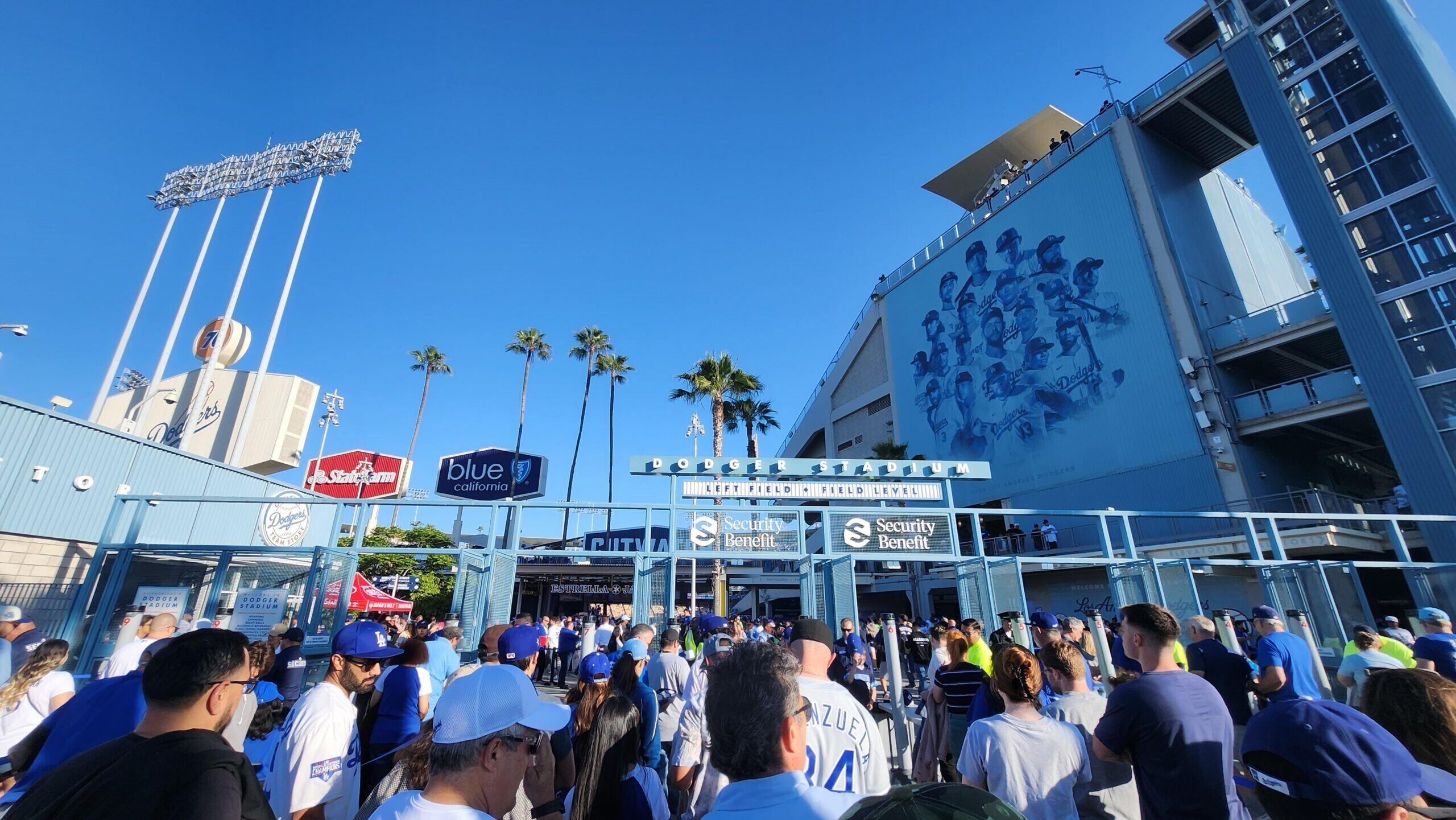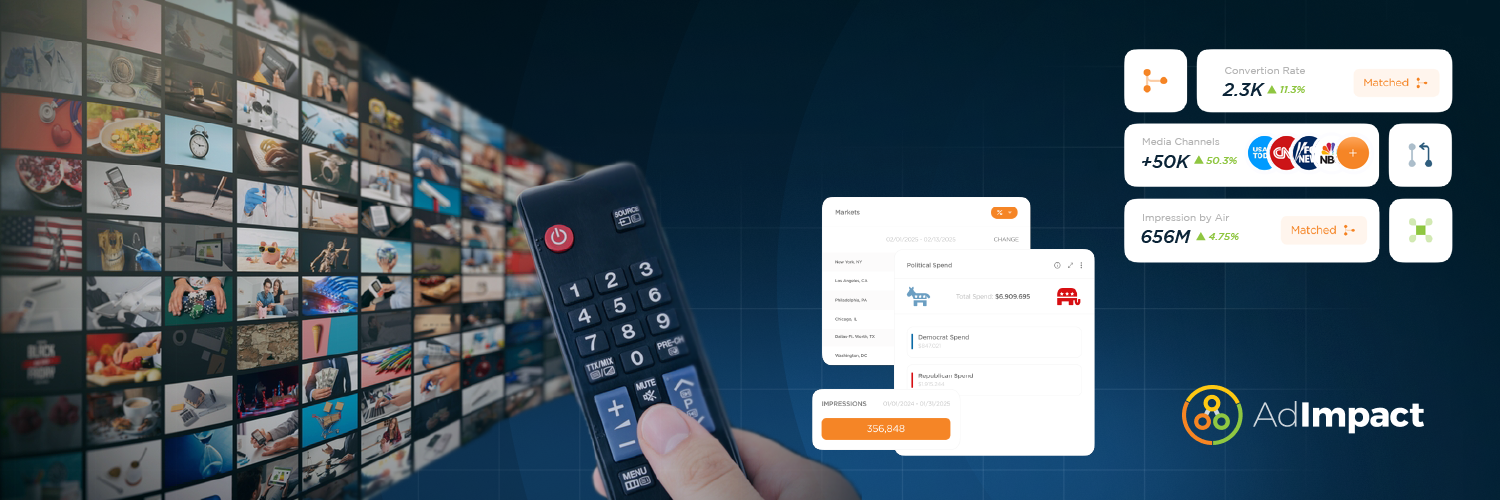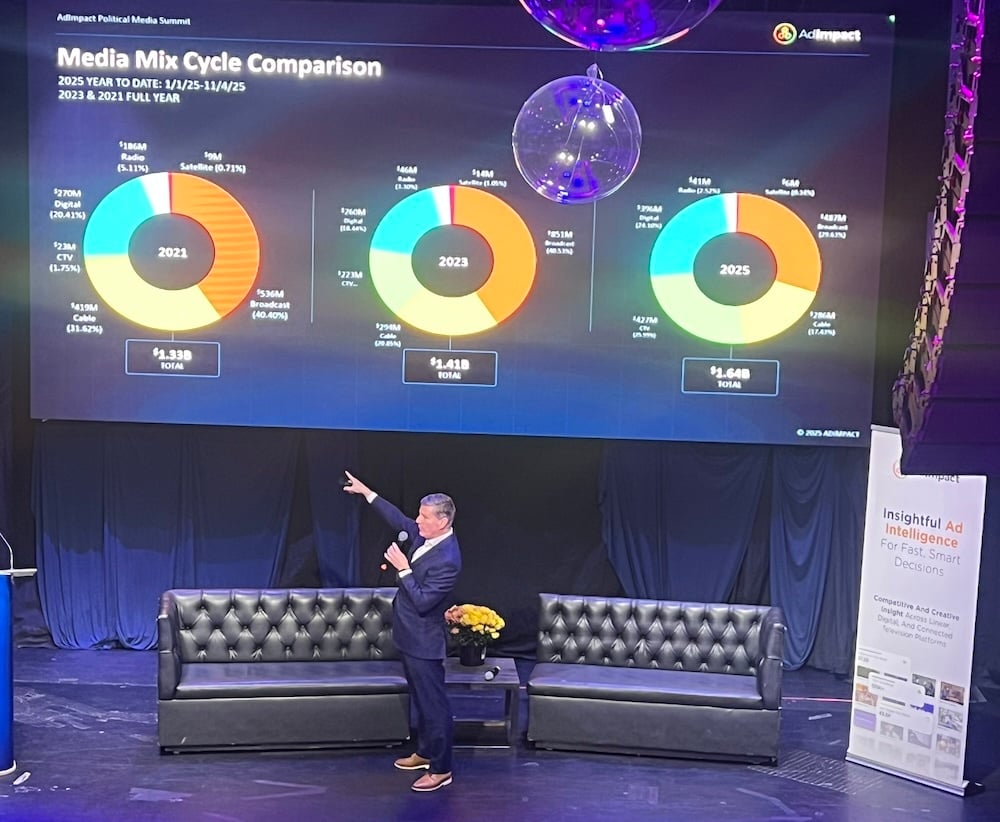The 2024 World Series was one of the most anticipated matchups of recent years, with the New York Yankees and Los Angeles Dodgers facing off in the Fall Classic. The two iconic baseball franchises had not met in the World Series since 1981, making for an exciting duel between the country's most prominent teams, fanbases, and markets.
Viewers agreed, our analysis found the excitement of the 2024 World Series drew a massive audience with an estimated 52% increase in peak viewership for Game 1 from the previous year. This year’s Game 1 peaked with 23.5M viewers tuning into Freddie Freeman’s historic walk-off grand slam for the Dodgers. For the clinching game, peak viewership increased 62% from last year. The Dodgers lifted the trophy in Game 5 which saw 33.6M viewers, compared to 20.7M viewers for the 2023 clinching game for the Texas Rangers. Streaming continues to gain ground, with YouTube TV viewership climbing from 15% to 21%, while traditional TV dropped from 62% to 59%. This shift marks a notable change in how fans engage with major live sports events.

Capital One was the top advertiser in the teams’ two home markets, New York and Los Angeles, as well as across the entire country during the World Series. Since becoming Major League Baseball’s official bank and credit card partner in 2022, Capital One has prominently featured on the World Series logo, being the first company to do so. Their top airing ad featured Yankees legend Derek Jeter being outshined by the Capital One spokesperson at a school career day.
The other top advertisers were also identical in LA, NYC, and nationally. The advertiser with the second most airings was Geico, who used a retro horror movie-inspired spot as their biggest World Series ad. T-Mobile and Google also heavily invested in big World Series placements, being the third and fifth ranked advertisers by total airings. Ro Company, a men’s healthcare company, was the fourth-highest airing advertiser during the 2024 World Series. Their :15 second ad was the top airing unique ad for all advertisers.
While core advertising was consistent across the county, political advertising was not. While neither market saw much local Presidential spending, the Los Angeles and New York markets were hotbeds for contested congressional and downballot races. During the week of the World Series, Los Angeles saw the second-most political ad expenditure ($36M), while New York saw the fourth-most ($28M) across the country.
House Majority PAC (D) and Congressional Leadership Fund (R) were the top advertisers in both markets: the Democratic house group spent $15M, while their Republican counterpart spent $11M during the week of the World Series. Outside of these two groups, the other top local advertisers focused on state ballot propositions: No on California Prop 33 spent $4M, AHF Yes on California Prop 33/No on California Prop 34 spent $3M, and Vote No on New York Prop One spent $2M.
Though spending on local races dominated the airwaves during the week of the World Series in New York and Los Angeles, the vast majority of ads to air during the World Series games were Presidential ads that ran nationally. There were 21 Presidential airings during the series: 13 from Republican advertisers and eight from Democrats. New York only saw 20 non-Presidential local political ads while Los Angeles saw 15 during the games. There was one non-Presidential political ad that aired nationally: the Foundation to Combat Anti-Semitism. It had two national airings during the series.

The Donald Trump campaign and MAGA Inc. each aired the most ads during the World Series, with six each. MAGA Inc. exclusively aired an ad talking about transgender surgeries for prison inmates, while five of the six Trump campaign airings were about the same issue. The Harris campaign had five World Series airings, with each focusing on Project 2025. Pro-Harris group FF PAC had three World Series airings about a lifelong Republican voting for Harris. These four groups were the biggest advertisers of the Presidential election, representing 70% of the $2.42B in spending after July 21st. The only other Presidential advertiser was Right for America, which aired a pro-Trump ad about the economy once during the series.
As for advertising in local races in Los Angeles and New York, House Majority PAC focused exclusively on New York, running eight ad airings aimed at NJ-07, NY-17, NY-18, and NY-19. Meanwhile, the Congressional Leadership Fund spread its seven airings across both coasts, targeting NJ-07 and NY-17 in the New York DMA, and CA-27 and CA-45 in the Los Angeles DMA.
Notably, only three candidates (including coordinated campaign buys) had ads featured during the World Series: Kim for CA-40, Gillen for NY-04, and the New York State Democratic Committee supporting Gillibrand in the NY Senate race. Beyond candidate ads, the vast majority of political advertising during the series centered around California ballot propositions.
The 2024 World Series between the Yankees and Dodgers captured the nation’s attention, delivering thrilling baseball and showcasing evolving media consumption trends. With viewership hitting record highs and streaming gaining more ground, brands like Capital One and political advertisers capitalized on this prime moment to reach diverse audiences. The event’s mix of high-profile advertising and political campaign strategies highlighted how major sports events remain powerful platforms for connecting with millions across the country.
To read more about advertising around sporting events, check out our 2024 Paris Olympics blog
.










